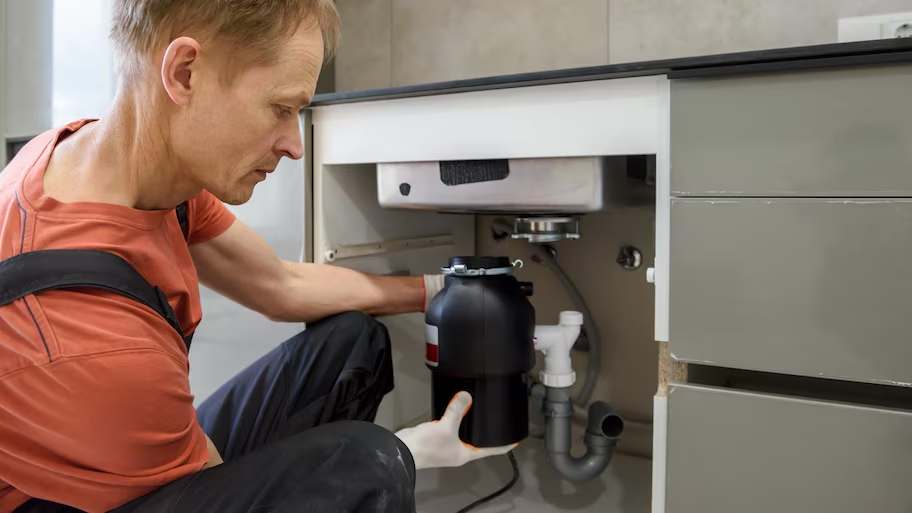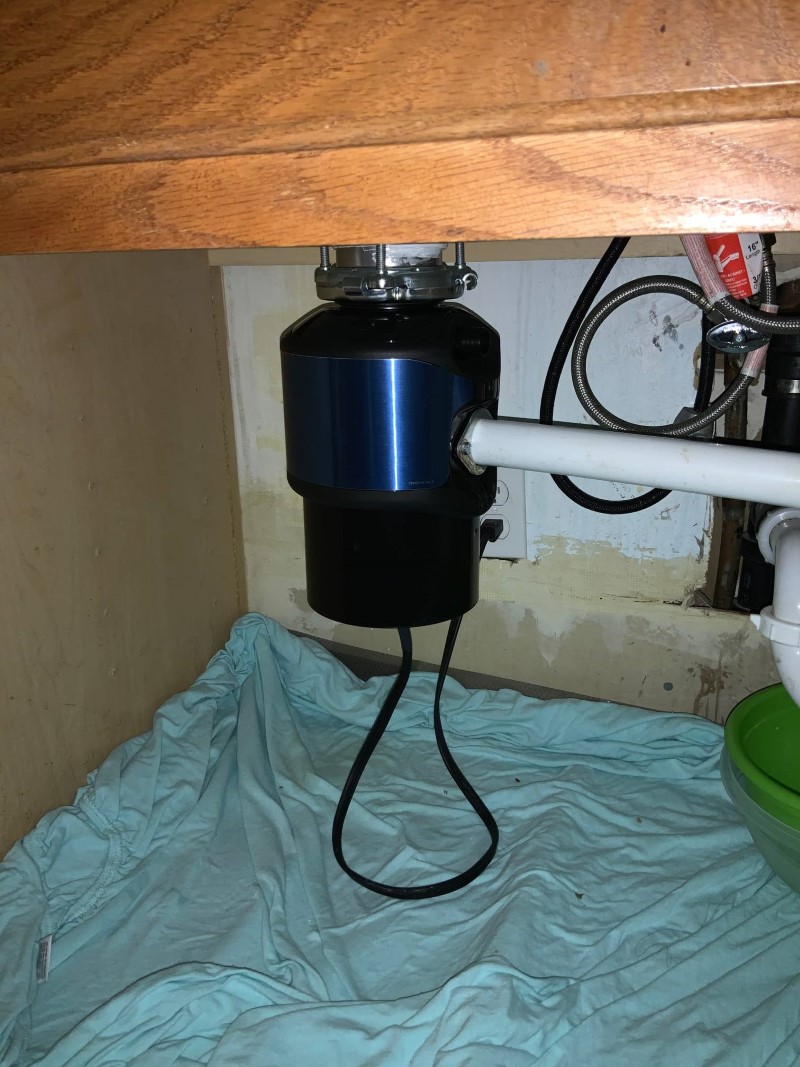Quick Ways to Repair a Leaky Waste Disposal Unit
Quick Ways to Repair a Leaky Waste Disposal Unit
Blog Article
Right here down the page you will discover additional really good help and advice on the subject of Why Is .

Garbage disposals are crucial kitchen area devices that assist in dealing with food waste successfully. Nonetheless, a dripping waste disposal unit can be a frustrating and messy problem to deal with. The good news is, several leakages can be repaired easily with a couple of basic actions. In this post, we will review exactly how to repair a dripping garbage disposal effectively.
Introduction
Waste disposal unit are mounted under kitchen area sinks and are made to shred food waste into smaller sized pieces, enabling it to travel through the plumbing system quickly. While these gadgets are usually dependable, leakages can take place over time due to deterioration, loosened connections, or damage to the system.
Typical Reasons For Leaks in Rubbish Disposals
Worn Seals and Gaskets
Seals and gaskets play a crucial role in protecting against water from dripping out of the waste disposal unit. Gradually, these components can wear away, bring about leaks around the disposal unit.
Loose Links
The connections in between the garbage disposal and the plumbing system can become loosened gradually, triggering water to leak out throughout procedure.
Cracks or Openings in the Disposal System
Physical damage to the waste disposal unit, such as splits or openings in the real estate, can likewise result in leakages.
Identifying the Resource of the Leak
Before trying to deal with a leaking waste disposal unit, it is important to identify the source of the leakage. This can usually be done via visual assessment or by carrying out straightforward examinations.
Visual Evaluation
Check the waste disposal unit device carefully for any indications of water leak. Pay close attention to areas around seals, gaskets, and connection points.
Testing for Leaks
One way to evaluate for leakages is by running water through the disposal system and checking for any visible indicators of leak.
Devices and Products Needed for Repairing a Leaking Waste Disposal Unit
Before starting the repair process, gather the required devices and materials, consisting of a screwdriver, flexible wrench, plumber's putty, substitute seals or gaskets, and epoxy or patching material for fixing fractures or holes.
Step-by-Step Overview to Taking Care Of a Leaking Waste Disposal Unit
Turn Off the Power
Prior to attempting any type of repairs, guarantee that the power to the waste disposal unit unit is shut off to stop the risk of electric shock.
Find the Leakage
Identify the precise place of the leakage and determine the cause.
Tighten Connections
Utilize a wrench to tighten up any loose connections between the disposal unit and the plumbing system.
Replace Seals or Gaskets
If the leak is due to used seals or gaskets, get rid of the old components and replace them with new ones.
Patching Splits or Openings
For fractures or holes in the disposal unit, usage epoxy or a suitable patching product to secure the damaged location.
Evaluating the Waste Disposal Unit After Repair Service
Once the fixing is complete, check the waste disposal unit by running water with it to make certain that the leak has been solved.
Preventive Upkeep Tips to Prevent Future Leakages
To prevent future leakages, it is important to perform normal maintenance on your garbage disposal. This consists of keeping it clean, staying clear of putting non-food products or tough things down the disposal, and regularly looking for leakages or various other issues.
Final thought
Finally, fixing a leaking garbage disposal is a relatively uncomplicated procedure that can be finished with standard devices and products. By adhering to the actions laid out in this write-up and exercising preventive maintenance, you can maintain your waste disposal unit in good working problem and prevent expensive repair work in the future.
HERE’S HOW TO FIX YOUR GARBAGE DISPOSAL
WHAT TO DO IF SOMETHING IS STUCK IN YOUR GARBAGE DISPOSAL
If the impeller won’t turn, there’s probably something stuck in the disposal. It could be a steak bone or peach pit, although plumbers report pulling all sorts of inappropriate objects out of disposals, such as bottle caps or aluminum foil. Make sure power to the disposal is off, and look inside to see if you can see the source of the jam.
Never stick your fingers in a disposal. Pull out anything you see with tongs or pliers.
If the disposal still won’t work, it may be time to call a plumber or consider buying a new disposal. GEM Plumbing & Heating is here for all of your garbage disposal needs.
WHAT TO DO IF YOUR GARBAGE DISPOSAL DRAIN IS CLOGGED
Take everything out from underneath your sink and put a bucket or other container under your disposal to catch any water that drains out. Disconnect your disposal from the power supply. If it’s plugged into a wall outlet, unplug it. If it’s hardwired into an electrical box, go to the electrical panel and turn off the breaker for the disposal. Pour ¼ cup of baking soda into the drain, followed by ½ cup of white vinegar. Give the solution a few minutes to fizz and do its work. Look into the disposal with a flashlight to see if you can see an object that might be causing the clog. If you see it, remove it using tongs or pliers. MORE TIPS ON DEALING WITH A CLOGGED GARBAGE DISPOSAL
Never use drain cleaner in a garbage disposal. It can damage the plastic parts inside the disposal. You can also be splashed with the caustic liquid while working to clear the clog. Beware! Never stick your fingers into a garbage disposal. Trust us — not a good idea. In many instances, your dishwasher drains through your garbage disposal. This allows the disposal to grind any large food particles that may be drained out of your dishwasher. There are some jurisdictions, however, where the plumbing code prohibits such a connection. WHAT TO DO WHEN YOUR DISHWASHER DRAINS THROUGH THE DISPOSAL
Run some water in the sink so your plunger has at least a ½-inch of water to create a seal and plunge vigorously up and down several times. You may need to repeat this several times. Run hot water down the drain to clear any residue that remains.

I stumbled upon that blog posting about Why Is when doing research the internet. Appreciated our piece of writing? Please share it. Let somebody else find it. Thanks a bunch for your time. Please check our site back soon.
Additional Information Report this page